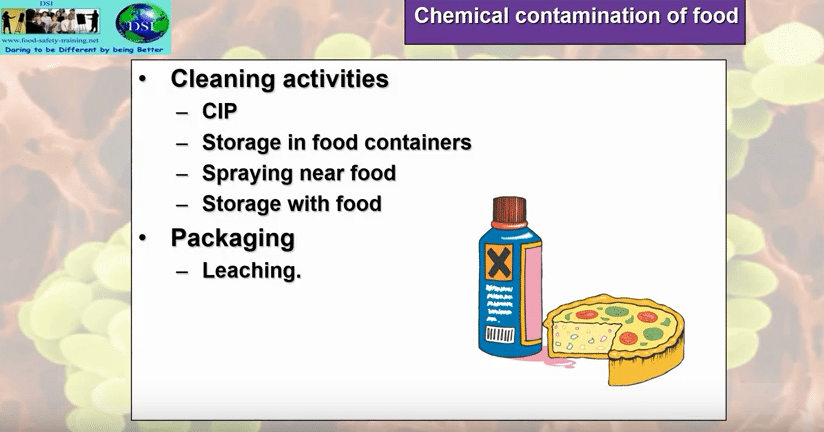Proven Strategies to Grow, Scale, and Succeed in Your Business in 2025
Introduction: Unlocking Business Growth and Success in 2025
Scaling a business and achieving lasting success requires a combination of strategic planning, effective resource management, and the ability to adapt to changing market conditions. In 2025, entrepreneurs face both new opportunities and evolving challenges. This guide presents comprehensive, actionable strategies grounded in current research and expert recommendations, offering step-by-step instructions and practical advice for business owners seeking growth, scalability, and long-term success.
Create Scalable Systems Internally
One of the first steps to scale your business is to establish systems that can grow with your company. Modern businesses are turning to automation and software to increase efficiency and reduce manual workloads. For example, implementing a customer relationship management (CRM) system can streamline sales and marketing processes, enabling teams to focus on strategic tasks. According to Mary Hagen, CEO of Colossal, leveraging software can double or triple your business’s impact without increasing payroll costs [1] . To achieve this:
- Identify repetitive tasks that can be automated, such as invoicing, follow-ups, and inventory management.
- Research and invest in scalable platforms (e.g., project management tools, cloud accounting software).
- Train staff to maximize new systems and monitor performance metrics for ongoing improvement.
Challenges may include upfront costs and staff adaptation. Overcome these by selecting user-friendly solutions and providing clear training.
Identify Growth Opportunities Within Existing Contracts
Many businesses overlook opportunities hidden in their current contracts or client relationships. Renegotiating terms, expanding services, or offering value-adds can drive incremental growth. Jim Camp Jr., co-owner of Camp Negotiations, suggests that respectfully seeking contract revisions rarely damages relationships and may open new revenue streams [1] . Implementation steps include:
- Review existing contracts for potential upsell or cross-sell opportunities.
- Analyze market data to support proposed changes.
- Engage clients in open discussions about mutual benefit.
Some clients may resist changes. Prepare a clear case for added value and be ready for negotiation outcomes.
Market Penetration and Expansion
Penetrating deeper into current markets and expanding into new ones are classic growth strategies. Market penetration involves increasing share within existing segments, while market expansion targets new demographics or geographies [2] . For practical application:
- Conduct thorough market research to identify underserved segments.
- Adjust product offerings or pricing to attract new customers.
- Explore partnerships or distribution channels in new regions.
Potential challenges include cultural differences or regulatory hurdles; mitigate by partnering with local experts and adapting marketing accordingly.
Strategic Partnerships and Networking
Forming alliances with other businesses can accelerate growth and open new markets. Strategic partnerships may include co-marketing agreements, supply chain collaborations, or technology integrations. Networking helps build relationships that lead to referrals and business opportunities [2] . Steps to implement:
- Identify potential partners with complementary strengths.
- Attend industry events and participate in online business communities.
- Establish clear partnership goals and mutual benefits.
Partnerships require clear communication and shared values to succeed. Start with small pilot projects before expanding.
Brand Building and Digital Marketing
A strong brand differentiates your business and builds trust. Digital marketing remains the most cost-effective way to reach large audiences, with more than 5.5 billion people online globally [2] . To build your brand and market effectively:
- Develop a unique brand identity with consistent messaging.
- Invest in a professional website and maintain active social media profiles.
- Use targeted digital campaigns (email, social, search ads) based on data-driven audience insights.
Challenges include standing out in crowded markets. Focus on authentic storytelling and responsive customer service.
Leverage Marketing Automation and AI
Marketing automation tools allow businesses to reach the right customers at the right time. Automate email campaigns, lead scoring, and customer segmentation to improve efficiency and conversion rates [4] . Practical steps:
- Choose automation platforms that integrate with your CRM.
- Set up workflows for customer onboarding, follow-ups, and feedback collection.
- Use analytics to refine messaging and targeting.
Automation may require initial setup and ongoing monitoring, but delivers long-term savings and scalability.
Business Planning Strategies for Sustainable Success
Effective business planning grounds your company’s growth and helps anticipate challenges. Key strategies include setting sales goals, analyzing financials, benchmarking performance, and regularly revising plans [3] . To implement:

Source: be-grow.com
- Define clear, measurable objectives for the year.
- Benchmark against competitors to identify strengths and weaknesses.
- Use scenario planning to prepare for uncertainties.
Consistent review and adaptation are critical for staying on track and seizing new opportunities.
Resource Allocation and Talent Management
Growth often depends on allocating resources-capital and talent-to high-potential projects. Experts at McKinsey recommend dynamic resource allocation and nurturing talent even if specific projects fail [5] . For business owners:
- Periodically assess which projects deserve investment based on ROI and strategic fit.
- Encourage experimentation while retaining skilled staff for future initiatives.
- Consider inorganic growth opportunities such as acquisitions.
Balancing risk and reward is essential for resource allocation. Use clear metrics to guide decisions.
Innovation and Value Stream Expansion
Innovation drives growth by maximizing the value of your core business and expanding into adjacent areas, such as new product lines or geographies [5] . To foster innovation:
- Dedicate resources to R&D and encourage staff to propose new ideas.
- Test new initiatives in small, controlled experiments.
- Monitor performance and scale successful projects.
Not all innovations succeed; celebrate learning and pivot quickly when needed.
Accessing Business Growth Resources
If you are seeking funding, mentorship, or professional advice, there are several pathways to access resources:
- Contact your local Small Business Development Center (SBDC) for guidance and training. To find one, search “SBDC” and your city or state.
- Visit the official U.S. Chamber of Commerce website for business growth tools and networking opportunities [1] .
- Explore major industry associations for sector-specific programs and grants.
If you need help applying for funding or programs, most SBDCs offer free consultations. Alternatively, seek advice from your local Chamber of Commerce.

Source: pinelakellc.com
Key Takeaways and Next Steps
Growing, scaling, and succeeding in business requires a holistic approach: build scalable systems, seize contract opportunities, leverage partnerships, invest in branding and automation, plan strategically, allocate resources wisely, and foster innovation. Use the guidance above to identify your current gaps and prioritize actionable steps. For personalized assistance, reach out to verified business support organizations, search for local programs, or consult industry experts.
References
- [1] U.S. Chamber of Commerce (2025). Small Business Growth Strategies for 2025.
- [2] Champlain College Online (2025). 10 Business Development Strategies to Drive Growth in 2025.
- [3] LivePlan (2025). 10 Business Planning Strategies for Success in 2025.
- [4] Salesforce (2025). 5 Small Business Growth Strategies For 2025.
- [5] McKinsey & Company (2024). Six strategies for growth outperformance.
MORE FROM eboxgo.com













